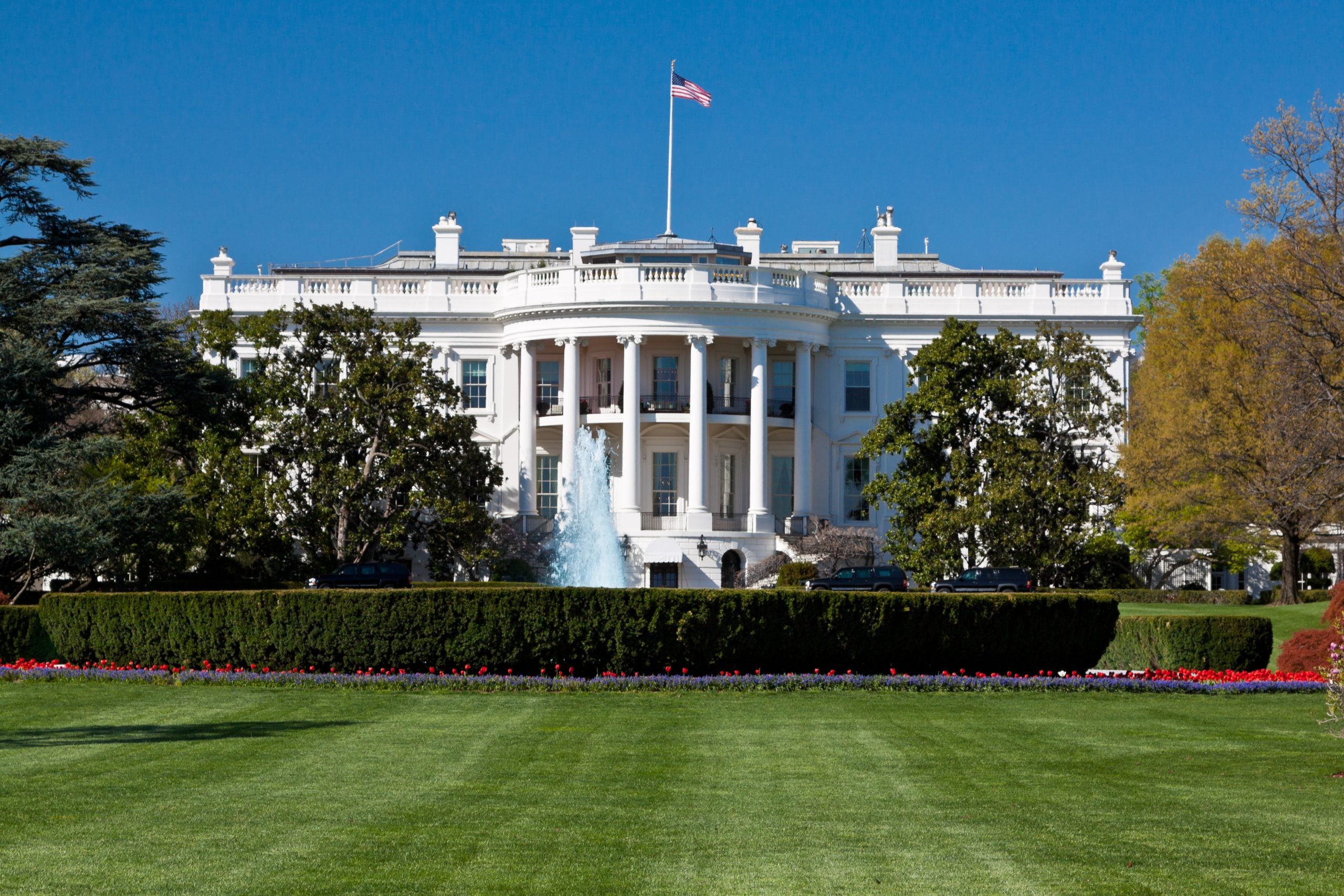Access To Birth Control: The Impact Of Over-the-Counter Availability Post-Roe

Table of Contents
Increased Access and its Potential Benefits
Expanding access to birth control offers several potential advantages. Improved convenience and affordability, along with empowering individuals and reducing unintended pregnancies, are key arguments in favor of increased access to birth control.
Improved Convenience and Affordability
Currently, obtaining birth control often requires a doctor's appointment, potentially lengthy wait times, and insurance copays – significant barriers for many. Over-the-counter access would eliminate the need for these appointments, making birth control significantly more convenient. The cost savings are also substantial; OTC pricing would likely be lower than prescription costs and insurance copays, particularly beneficial for low-income individuals and families. This is especially important for underserved communities with limited access to healthcare providers, including those in rural areas or lacking adequate health insurance. The Kaiser Family Foundation reports that the average annual cost of birth control can range from hundreds to thousands of dollars, depending on the method and insurance coverage. This financial burden significantly impacts access.
- Reduced healthcare costs: OTC birth control could significantly lower overall healthcare expenditures.
- Increased adherence to birth control regimens: Easier access could lead to better adherence, reducing unintended pregnancies.
- Easier access for rural populations: Eliminating the need for travel to urban healthcare centers would improve access for those in remote areas.
Empowering Individuals and Reducing Unintended Pregnancies
Increased access to birth control is fundamentally about empowering individuals to make informed decisions about their reproductive health. By making contraception readily available, women gain greater control over their bodies and futures. This increased autonomy has the potential to lead to significantly reduced rates of unintended pregnancies. Studies consistently demonstrate a correlation between increased access to contraception and decreased abortion rates. The Guttmacher Institute, a research organization supporting abortion rights, highlights this correlation in its numerous publications.
- Increased reproductive autonomy: Empowering individuals to manage their reproductive health proactively.
- Decreased abortion rates: Improved access to contraception is linked to lower abortion rates.
- Better family planning options: Increased choice and control over family size and timing.
Concerns and Potential Challenges of OTC Birth Control
While increased access to birth control offers numerous benefits, it is essential to acknowledge potential concerns and challenges. Safety concerns, equitable access, and the role of healthcare providers require careful consideration.
Safety Concerns and Misinformation
The potential for self-medication and the risk of misuse or incorrect usage are legitimate concerns. Some birth control methods require specific instructions and monitoring, and without proper medical guidance, there's a risk of adverse reactions or ineffective contraception. This underscores the critical need for accurate, readily accessible information and education materials to accompany OTC birth control. Clear labeling, patient information leaflets, and potentially pharmacist consultations are vital to mitigating these risks.
- Risk of incorrect usage: Improper use can lead to unintended pregnancy or health complications.
- Potential for adverse reactions: Some individuals may experience side effects requiring medical attention.
- Need for comprehensive education: Providing clear and accessible information is paramount.
Equity and Access for Marginalized Communities
Ensuring equitable access to OTC birth control is crucial. Without proactive measures, existing health disparities could be exacerbated. Socioeconomic status, geographical location, and race significantly influence access to healthcare, and these factors could create barriers to obtaining OTC birth control. Strategies to address digital literacy gaps and specifically target underserved populations are necessary to prevent widening existing health inequalities.
- Ensuring equitable access: Proactive measures to reach all communities, regardless of background.
- Addressing digital literacy gaps: Providing information in accessible formats for all populations.
- Targeting underserved populations: Developing outreach programs to reach those most in need.
The Role of Pharmacists and Healthcare Providers
Pharmacists will play a vital role in providing education and counseling on OTC birth control. Their expertise is essential for answering patient questions, addressing concerns, and ensuring safe and effective use. Collaboration between pharmacists and healthcare providers is crucial. Increased training and support for pharmacists are necessary to equip them with the knowledge and resources needed for this expanded responsibility.
- Pharmacist training programs: Providing comprehensive training on OTC birth control options and patient counseling.
- Collaboration with healthcare providers: Establishing clear communication channels between pharmacists and doctors.
- Patient counseling resources: Making readily available materials and support for pharmacists to use.
Access to Birth Control: A Path Forward
The debate surrounding access to birth control post-Roe is multifaceted. While expanding access offers significant potential for improved convenience, affordability, and reproductive health outcomes, addressing concerns about safety, equity, and the role of healthcare providers is paramount. A balanced approach, prioritizing both increased access and responsible education, is essential. We must advocate for policies that ensure equitable access to birth control for all, regardless of socioeconomic status, location, or race. Learn more about policies impacting access to birth control in your area and become an advocate for improving access to birth control for everyone. Together, we can work towards a future where everyone has the power to control their reproductive health.

Featured Posts
-
 Cocaine Found At White House Secret Service Ends Investigation
Apr 22, 2025
Cocaine Found At White House Secret Service Ends Investigation
Apr 22, 2025 -
 500 Million Settlement Looms In Canadian Bread Price Fixing Case May Hearing Date Confirmed
Apr 22, 2025
500 Million Settlement Looms In Canadian Bread Price Fixing Case May Hearing Date Confirmed
Apr 22, 2025 -
 Trump Administration To Slash Another 1 Billion In Harvard Funding Amidst Growing Tensions
Apr 22, 2025
Trump Administration To Slash Another 1 Billion In Harvard Funding Amidst Growing Tensions
Apr 22, 2025 -
 Fsu Security Flaw Rapid Police Reaction Doesnt Ease Student Concerns
Apr 22, 2025
Fsu Security Flaw Rapid Police Reaction Doesnt Ease Student Concerns
Apr 22, 2025 -
 Strengthening Nordic Defense The Potential Of Swedish Tanks And Finnish Troops
Apr 22, 2025
Strengthening Nordic Defense The Potential Of Swedish Tanks And Finnish Troops
Apr 22, 2025
